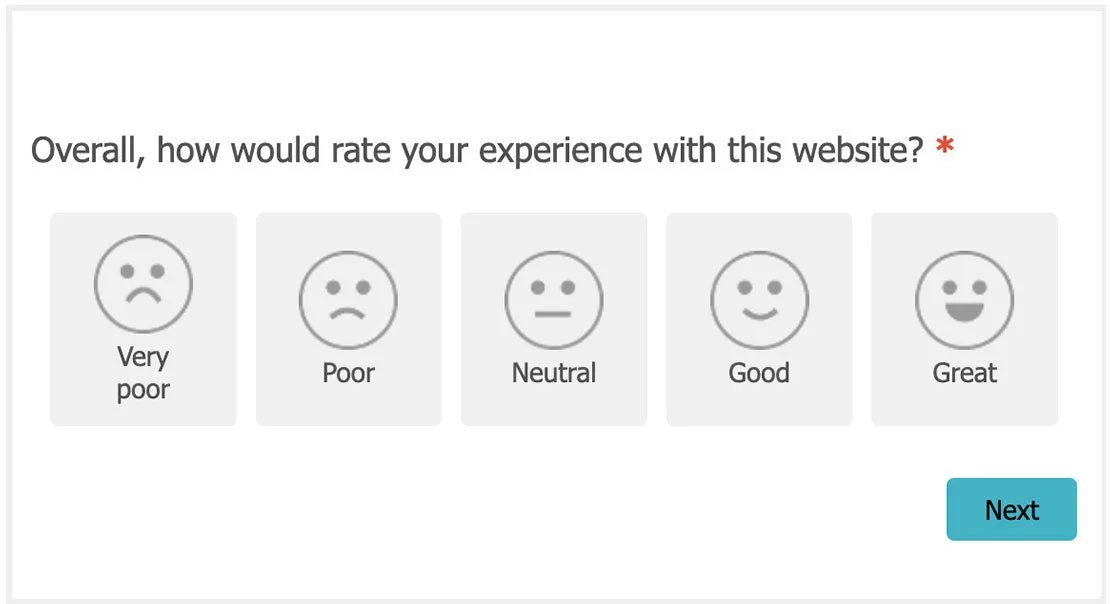How to Measure Customer Satisfaction Score
In this article, I will talk about the importance of the follow-up with customers after delivering our product, service or project and a way to operationalize it with a customer satisfaction score.
To better understand our customers, we may talk to them to learn about their journey and pain points or evaluate and test our ideas. Then we frequently deliver the solution or service and forget to measure its success. By not following up, we miss the opportunity to understand the impact of the executed idea on customers and our business. We may have visibility on some feedback submitted by our support team, but those suggestions could be hard to quantify. So often, we may end up caught up in the day-to-day tactical work struggling to understand the big picture and the value and impact of those recommendations on the business and the customer.
Let's talk about one of the most important metrics that could help us follow up and understand customer reaction to our work - the customer satisfaction score. Customer satisfaction score (CSAT) measures how happy customers are with a company's products, services, and overall experience. An example of a customer satisfaction score is Google business reviews or a survey we can share with customers. The type of survey we use will depend on the type of product, service, or feature we are working on. For example, send an email survey after a transaction or evaluate relationship with your brand, show a website or app survey to evaluate experience with the whole website or part of it. More expensive survey tools will allow you automatically route the results to the customer success team.
Survey evaluating customer perception of Slack. Image source: Slack
Simpler scale measuring satisfaction with experience
Understanding the customer satisfaction score
Usually, customers are considered satisfied with the experience when the customer satisfaction score is 75-80 out of 100, with roughly three satisfied customers for each unsatisfied.
Who is customer satisfaction score for?
We all talk about customer satisfaction a lot, but I have seen only a few teams with a comprehensive process for measuring and acting on this data. If you are part of the product team or a business owner, you could significantly improve your product or service by getting and acting on insight into what your customers want. The Customer satisfaction score (CSAT) is a way to do that.
How to start measuring customer satisfaction score?
1. Launching a survey
Instead of trying to be perfect, we can start with the tools we have on hand benchmarking customer experience now. Then we can remeasure satisfaction after significant changes to see how the customer satisfaction score changes.
2. Understanding customer comments
The customer satisfaction score is just a metric. If the score is low, we need to understand what is not working for customers and how it affects the business. You can do it by analyzing comments customers left for us in the survey, summarizing support requests and chats, looking into analytics data, heat maps, session replays, or simply talking to our customers or observing them. This research should help understand the impact of all the feedback collected on the customer and, ultimately, the business and prioritize it.
3. Creating a process to follow up on feedback
After understanding the impact of the feedback on customers and business, we will need a process that will escalate the comments to the right team and help them act on the input.
How often to collect customer satisfaction scores?
Surveying too often will result in low response rates, so I recommend measuring customer satisfaction every 3-6 months or after significant changes are implemented.
I hope I have helped you to understand the importance of following up with customer satisfaction scores. We can only become truly customer-centric if we have the proper mechanisms to collect customer feedback after we completed our work on the product, service or project.



